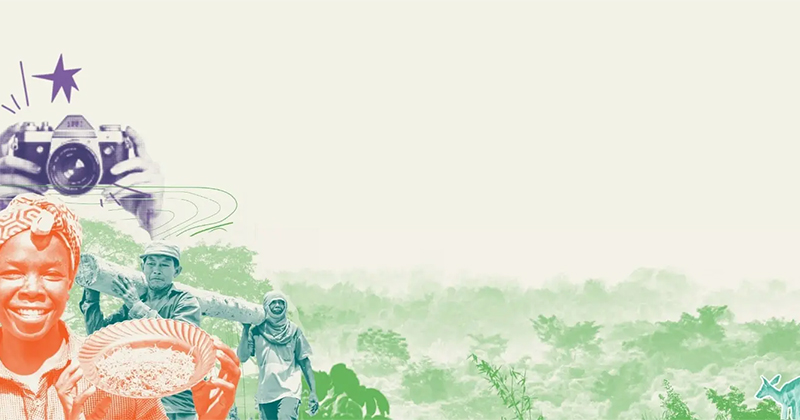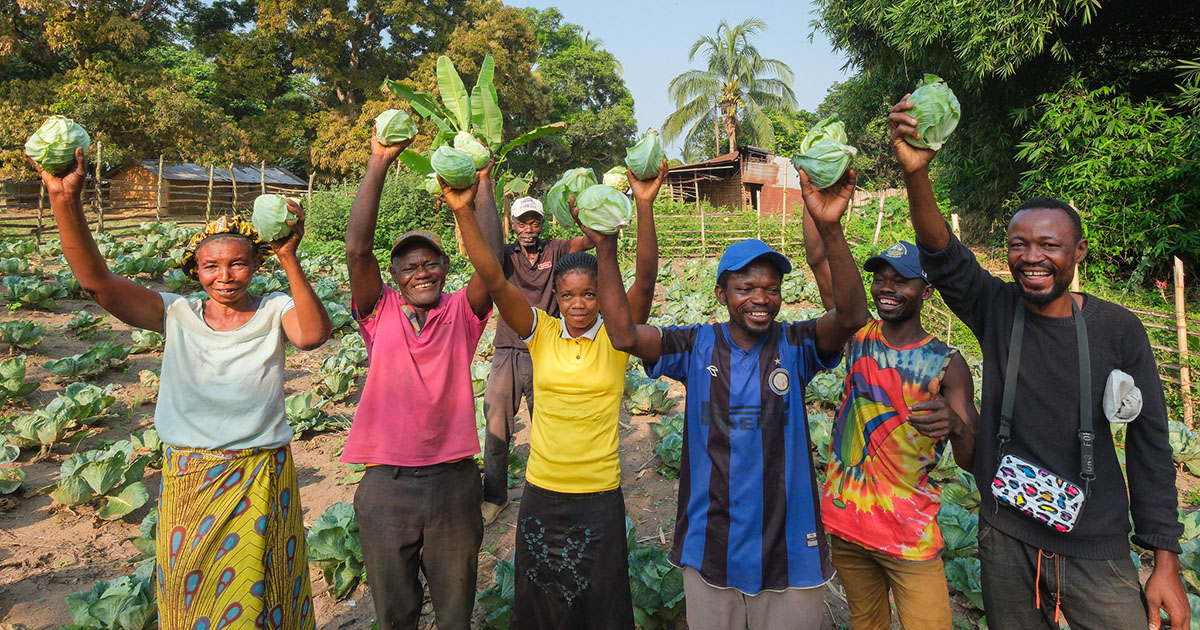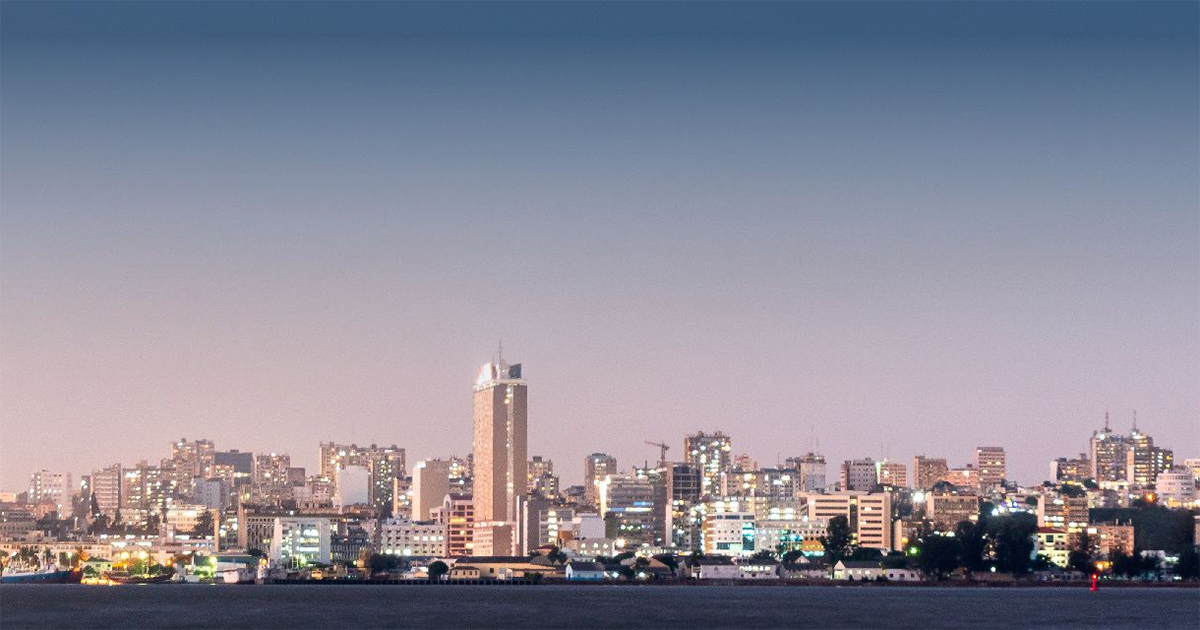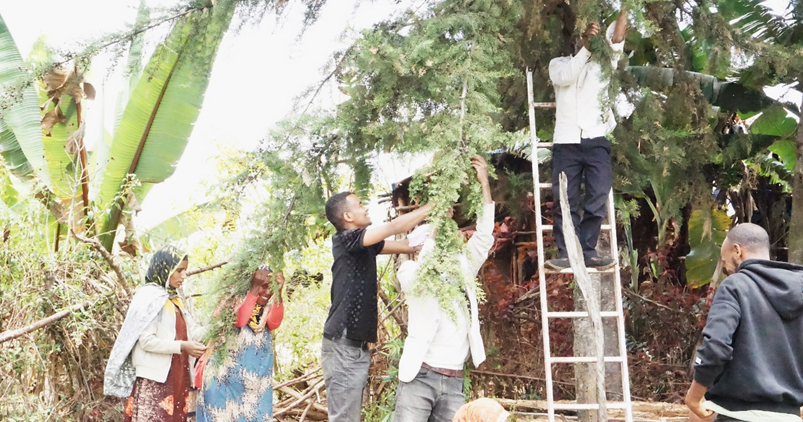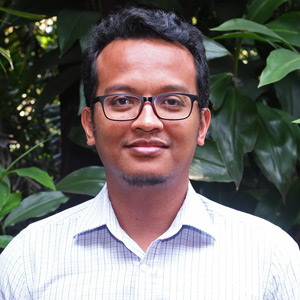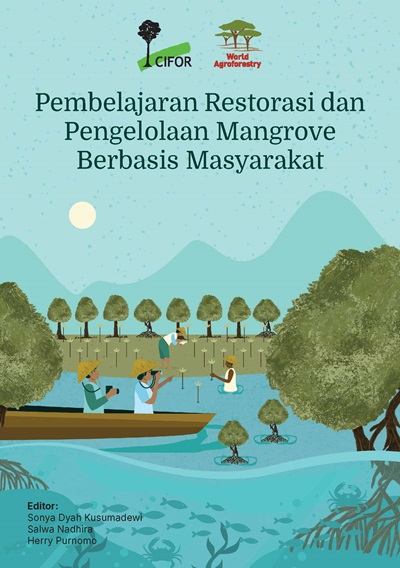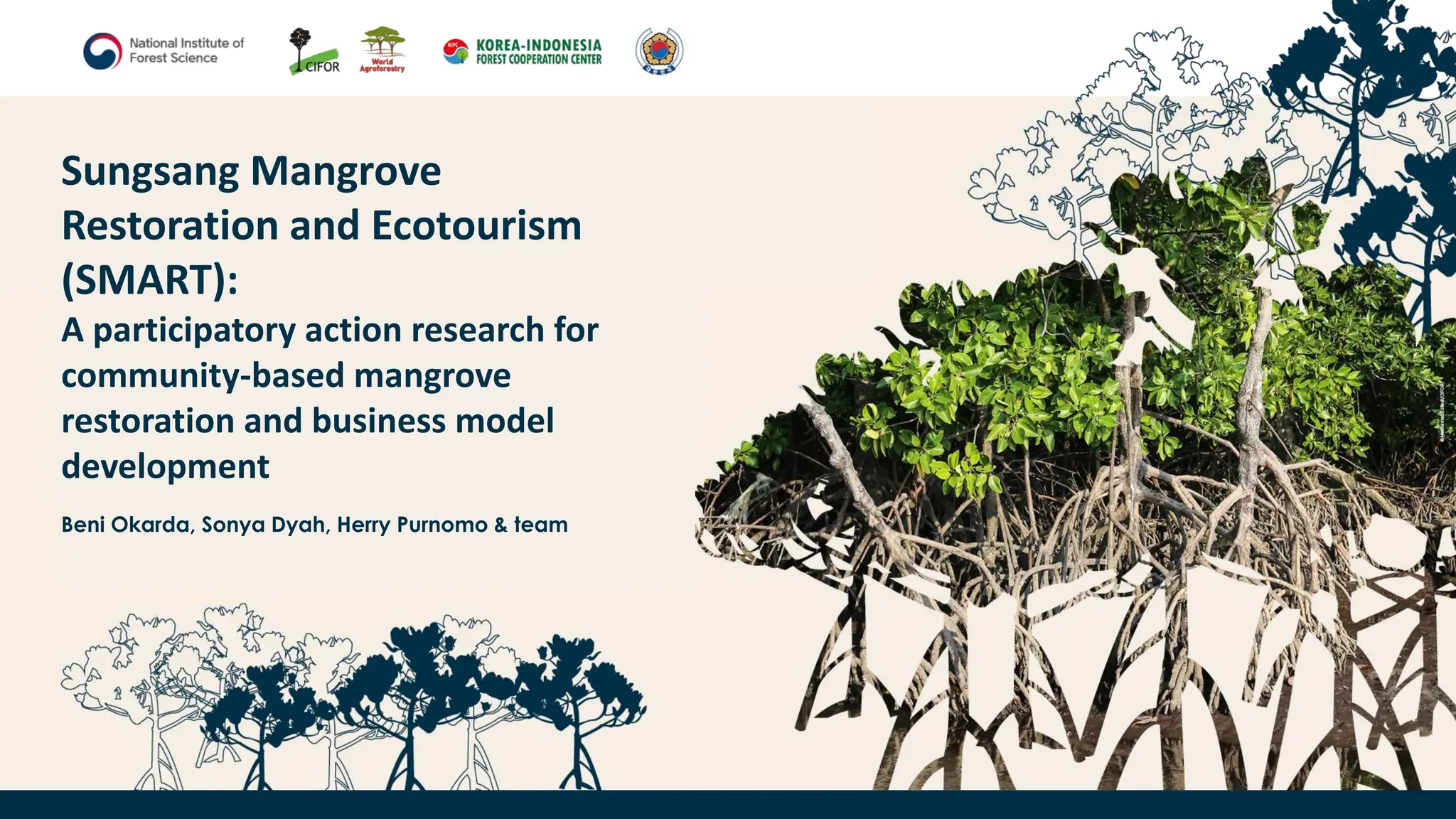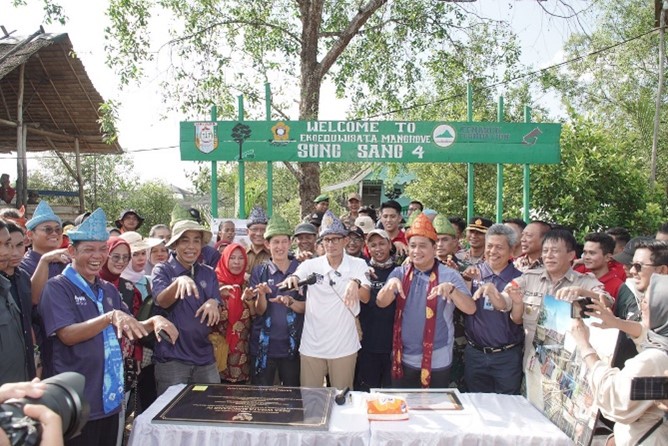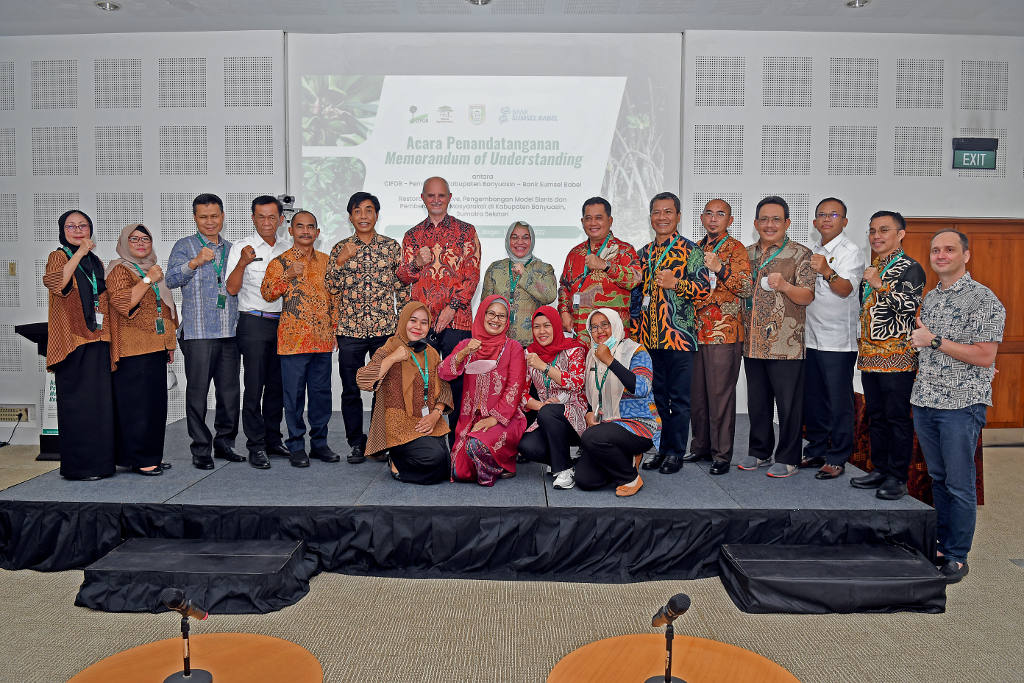Description
The South Sumatra mangrove ecosystem occurs in two regencies, Banyuasin and Ogan Komering Ilir (OKI). The Banyuasin Regency stretches about 1.2 million ha and contains about 130,000 ha of mangroves outside and within the Sembilang National Park. From 2014 to 2019, about 10,000 ha of mangroves were lost. A hectare of mangrove can store 3-4 times more carbon compared to terrestrial forests, so mangroves are very important for climate change mitigation. Mangroves continue to be degraded due to illegal wood harvesting, conversion of land for agriculture and aquaculture production, and livelihood pressures, as communities are heavily dependent on farming and fishing.
Through the project "Mangrove Restoration in Bayuasin Regency, South Sumatra, CIFOR pilots and establishes a community-based business model to improve community livelihoods and foster mangrove restoration in Banyuasin Regency and to establish appropriate policies and frameworks that are in place at all levels for stakeholders to implement and replicate business models and mangrove restoration in South Sumatra
CIFOR and partners (Forum Deerah Aliran Sungai (DAS) and Sriwijaya University) undertake Participatory Action Research (PAR) to develop locally accepted and sustainable business models, which eventually allow communities to generate sustainable income from mangrove restoration and use in a pilot area in South Sumatra Province.
The Project engages with (a) Village government, Banyuasin district government and South Sumatra provincial government; (b) Communities in mangrove areas and farmer organization in Banyuasin Districts; (c) Forest Management Unit (FMU) Palembang-Banyuasin and Sembilang National Park; (d) Peat and Mangrove Restoration Agency; (e) Central government agencies; (f) Local NGOs and universities; (g) Private sector and financial institutions; and (h) Other non-state actors such as donors and international organizations.




